2013 Faith & Form/IFRAA Awards winners revive and modernize religious architecture and art
By Bustler Editors|
Thursday, Jan 9, 2014
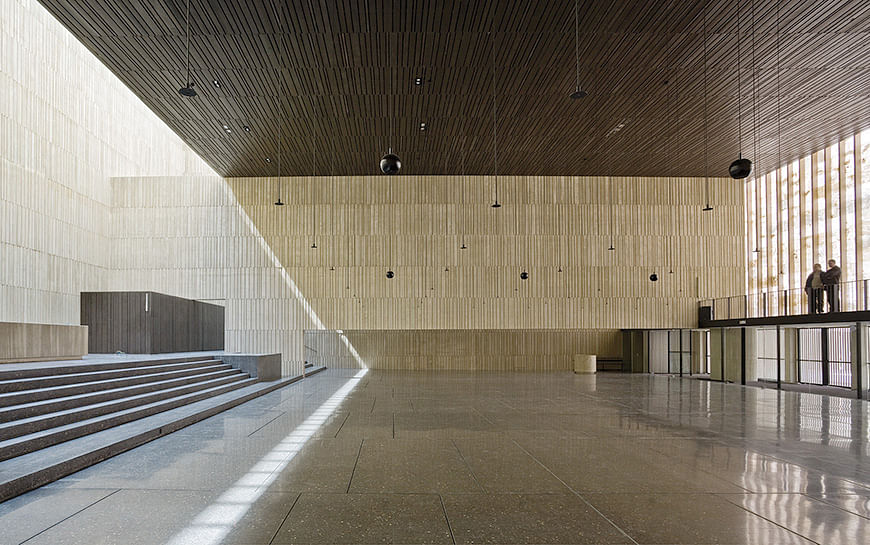
Related
The winners of the international 2013 Faith & Form/IFRAA Awards Program restored and remodeled religious spaces that can indeed be deemed worthy of praise.
Founded in 1978 and co-sponsored by Faith & Form Magazine and the Interfaith Forum on Religion, Art and Architecture (IFRAA), the annual awards program recognizes the best in architecture, liturgical design, and art for religious spaces.
Four Honor Awards and 14 Merits were given in various categories under Religious Architecture and Religious Art.
Scroll down to see the winners and the Awards intro by Faith & Form Editor-in-Chief Michael J. Crosbie, Ph.D., FAIA.
"The trend over the past year has been an uptick in the number of projects submitted in the renovation and restoration categories. This year, 23 projects were submitted in these categories, attesting to the stamina of this kind of work. It appears that many congregations are choosing to renovate or restore existing facilities rather than build anew. Even in the category of new facilities, many projects were new construction connected to existing buildings. This might be a long-term trend in working for religious clients."

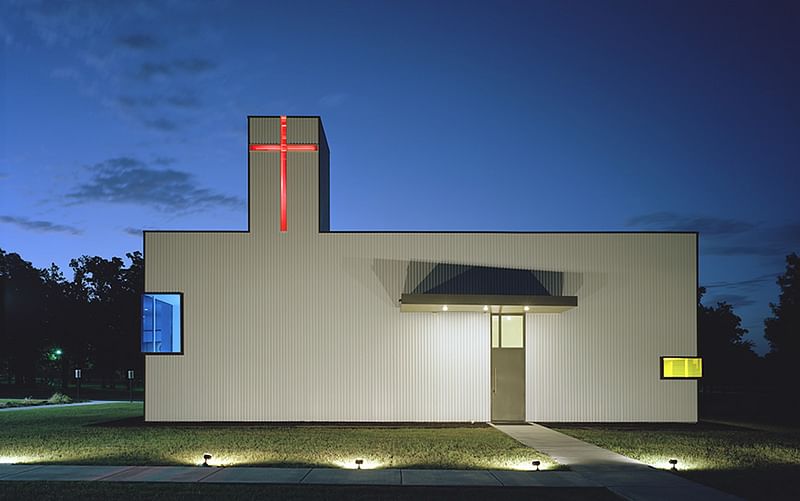

"It has been reported that donations to religious groups have dropped in recent years while charitable donations to non-religious organizations have grown. Studies have cited declining membership in organized religion as part of the reason; such shortfalls appear to be having an impact on more religious groups opting for renovating existing facilities rather than building new ones.
This year’s awards jury noted that the stronger projects in the submissions were in the remodeling and restoration categories. The jury was particularly impressed with the number of older buildings that had been rescued from complete destruction. Several projects, and a number of award winners, were facilities that had closed or been abandoned."
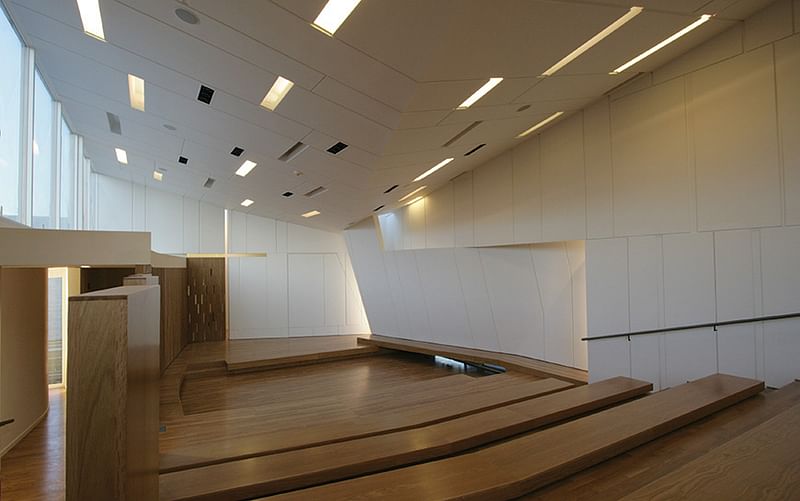

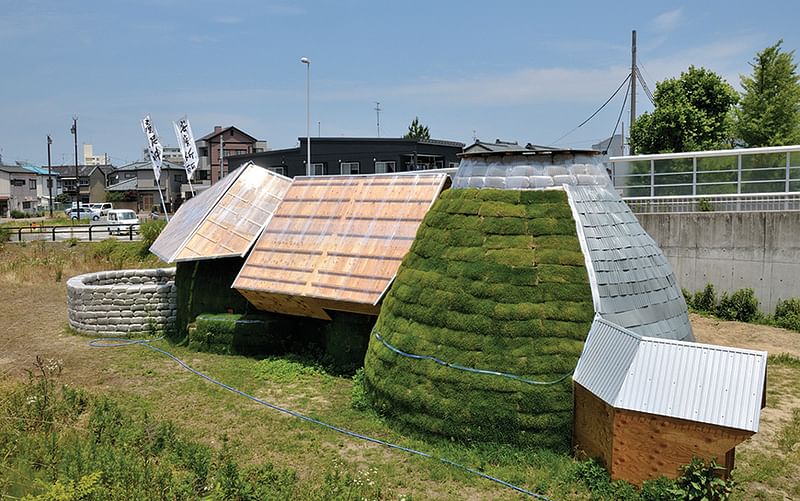
"When asked what new trends stood out among this year’s submissions, the jurors were unanimous in their appreciation for simple, modest projects executed with an impressive level of skill and attention to detail. For example, a former welding shop that was no more than a sheet-metal building was transformed into a Greek Orthodox church with a strong modernist vocabulary.
The jurors remarked on the encouraging number of projects made the most out of slim budgets. Tiny existing houses of worship built of local, indigenous materials were revived as 'a gesture of faith,' as one juror described it."

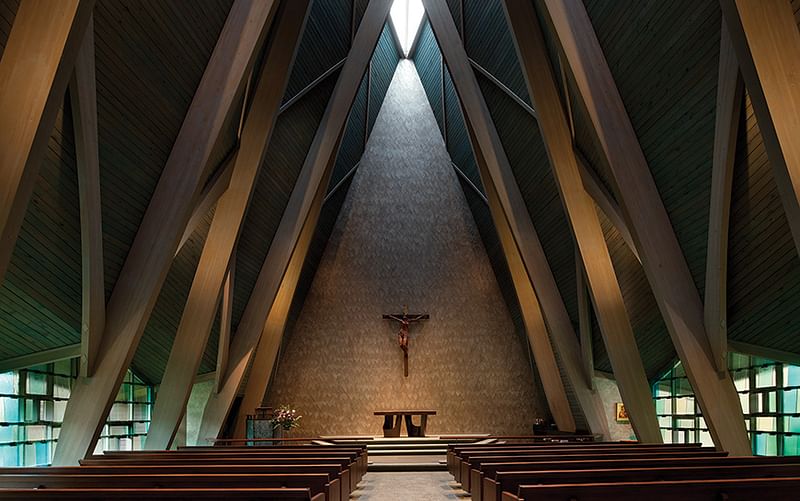

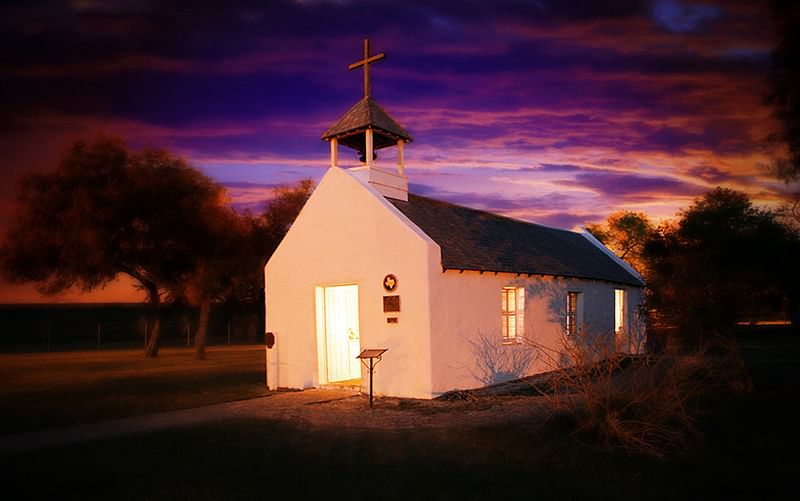
"Several projects were at the scale of rural churches, providing new environments for long-standing congregations. There was a dearth of “big box” churches submitted, which might reflect recent declines in that genre, as well as the low priority in these buildings regarding quality design.
Stylistically, the jury noted that Modernism seems to be alive and well, with an emphasis on contemporary materials, light, and attention to functional demands of religious spaces."
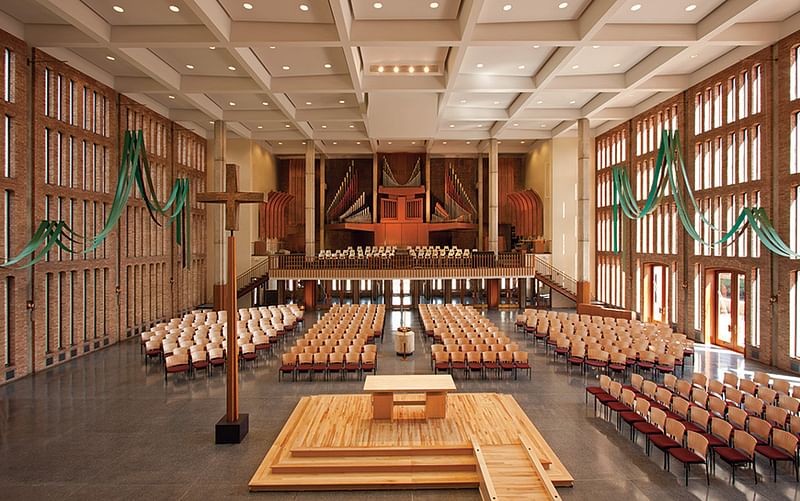

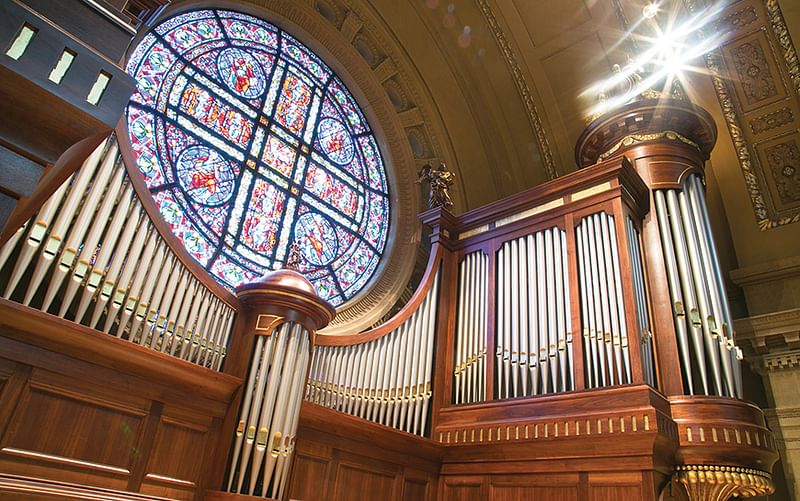

"The number of entrants in the religious arts categories was not robust, with the 'ceremonial objects' category drawing no entries. Nonetheless, the jurors were impressed with the number of religious arts entries that addressed such challenging issues as death and transfiguration [...] This work, noted one juror, “struggles to deal with cosmic realities,” including scientific questions such as life on this planet and perhaps on other worlds."

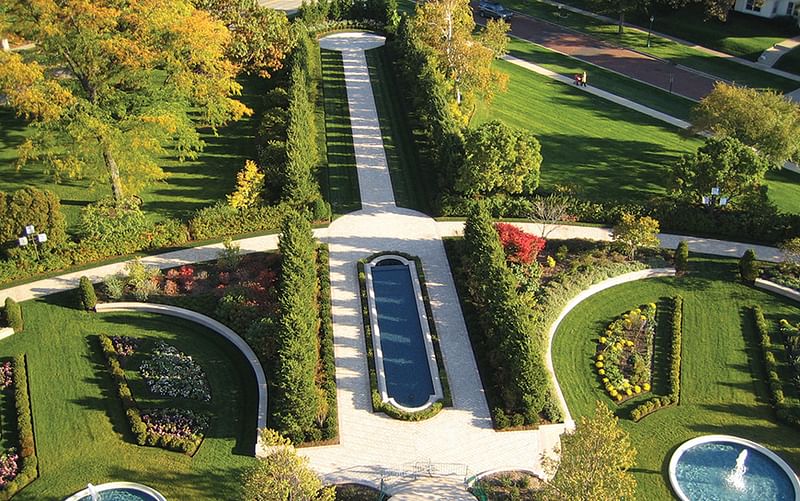

"The jury’s advice to future awards program entrants is to show more context in submissions, including a project’s immediate surroundings and the setting of art installations. And with the increased number of renovation and restoration projects, the jury stressed the need for more information on existing conditions, the 'before' aspects of a project."
Images courtesy of 2013 Faith & Form Awards/IFRAA Program.

Share
0 Comments
Comment as :